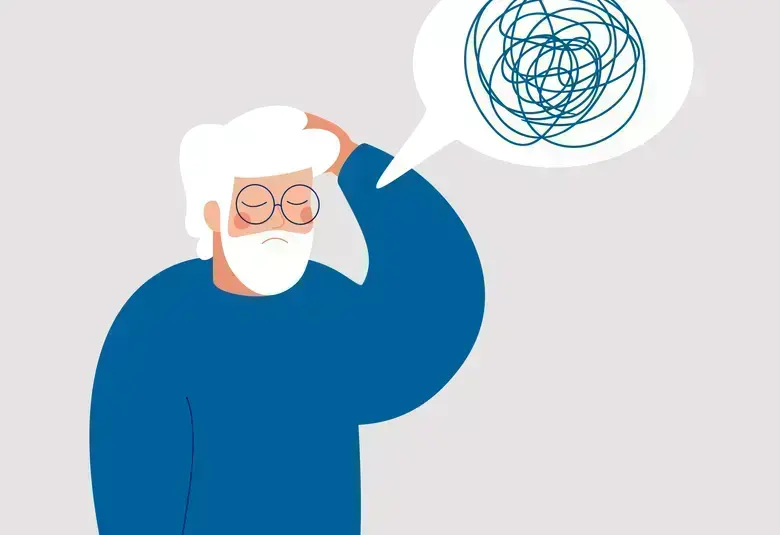When are anti-CGRP monoclonal antibodies used for migraine in the real world, how effective are they, and what is their effect on migraine-related healthcare costs and patient use of antidepressants and anxiolytics? New real-world data are starting to provide some answers to these questions and were highlighted at a satellite symposium at IHC2021.
Who is being treated with anti-CGRP monoclonal antibodies?
In practice, the use of anti-CGRP monoclonal antibodies is restricted and reflects reimbursement conditions
When should treatment with anti-CGRP monoclonal antibodies be offered to patients with migraine? asked Professor Zaza Katsarava, Essen, Germany.
To answer this question, Professor Katsarava, referred to the evidence- and expert opinion-based European Headache Federation (EHF) guideline that addresses this and other issues concerning the use of anti-CGRP monoclonal antibodies for migraine.
The EHF recommends offering anti-CGRP mAbs to patients with EM or CM who have failed at least two migraine preventives1
The recommendation of the expert EHF Panel includes offering anti-CGRP monoclonal antibodies to patients with episodic (EM) or chronic migraine (CM) who have failed at least two of the migraine preventive treatments,1 said Professor Katsarava.
However, in practice, the use of anti-CGRP monoclonal antibodies is restricted and reflects reimbursement conditions in different countries.
How are anti-CGRP monoclonal antibodies performing in the real world?
Substantial reductions in monthly migraine days
Real-world data provide opportunities to evaluate treatment efficacy and safety when treatments are used in more routine clinical practice than the environment provided by clinical trials,2 said Professor Larry Charleston IV, East Lansing, MI.
Many interesting results are emerging on the performance of anti-CGRP monoclonal antibodies from real-world studies, and Professor Charleston highlighted the following:
- Substantial reductions in monthly migraine days in adult migraine patients for up to 6 months,3,4 with 53% of adults with EM and 43% with CM achieving a 50% reduction in MMDs over 6 months5
- 70% of patients feel the benefits of treatment outweigh any drawbacks6
- High adherence rates, with 72% of patients remaining on treatment after 6 months7
Significant reductions in acute medication claims and healthcare costs8–10
- Statistically significant reductions in acute medication claims in the US during the first 12 months of use8
- Statistically significant reductions in migraine-related healthcare costs during the first 6 months of use9
- Significantly lower migraine-related healthcare costs during the first 6 months of use compared to those for patients treated with oral preventive medications10
- Significant decreases in the use of antidepressants and anxiolytics11
Significant decreases in antidepressant and anxiolytic use11
Professor Charleston concluded that more real-world studies are now needed to further increase the real-world evidence base on:
- Anti-CGRP monoclonal antibody effectiveness, safety, and tolerability
- Effect of anti-CGRP monoclonal antibody on comorbidities, patient-reported outcomes, and social and economic factors affecting patients with migraine
This satellite symposium was funded by Teva Pharmaceuticals Industries Ltd
For the latest updates on sea.progress.im, subscribe to our Telegram Channel https://bit.ly/telePiM
Our correspondent’s highlights from the symposium are meant as a fair representation of the scientific content presented. The views and opinions expressed on this page do not necessarily reflect those of Lundbeck.




